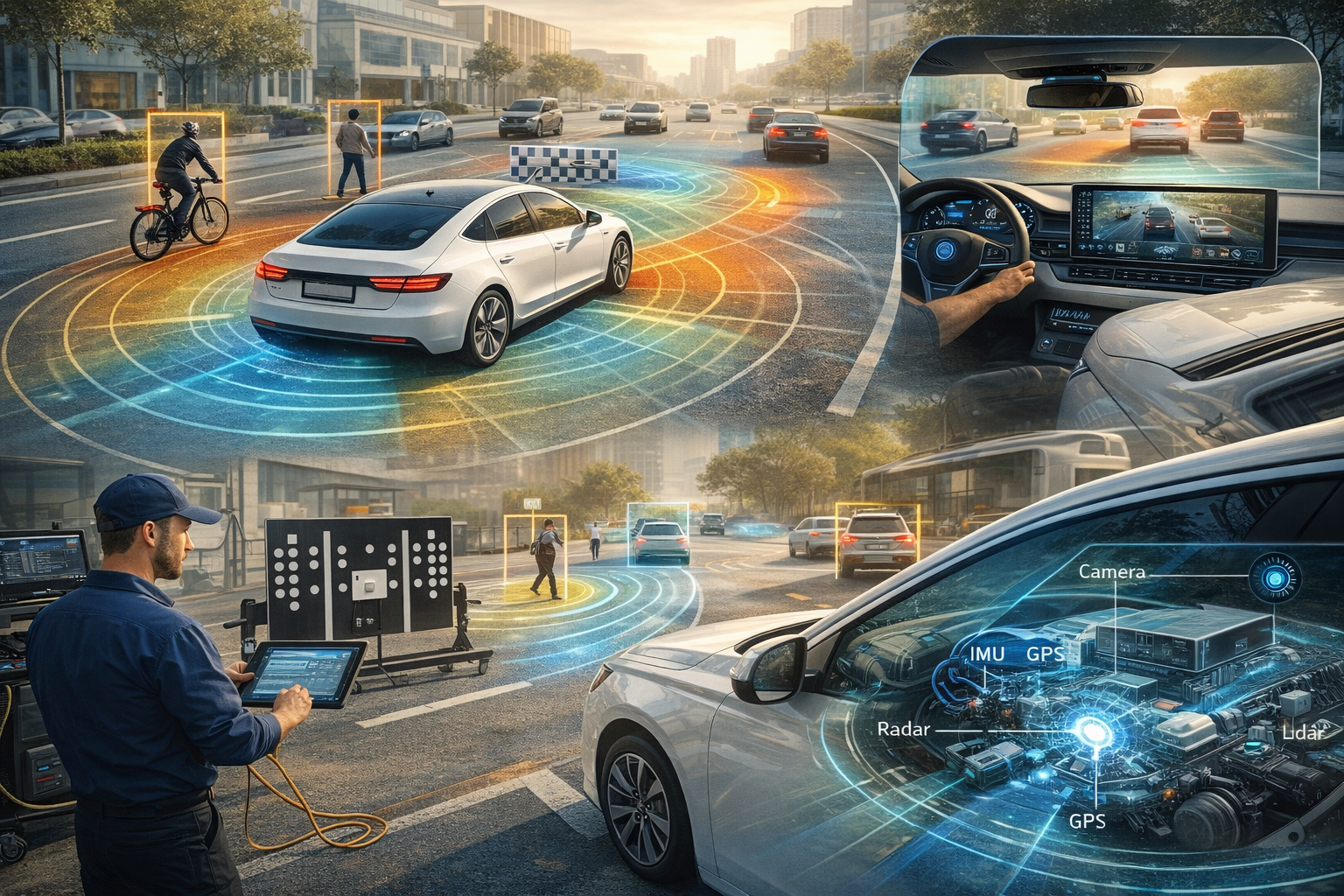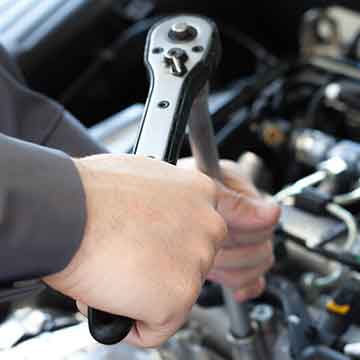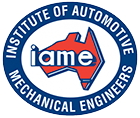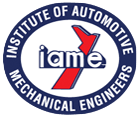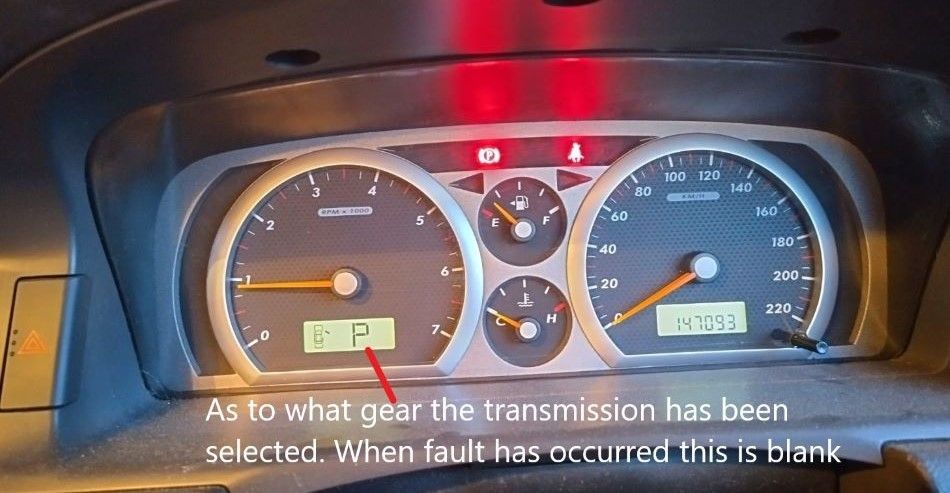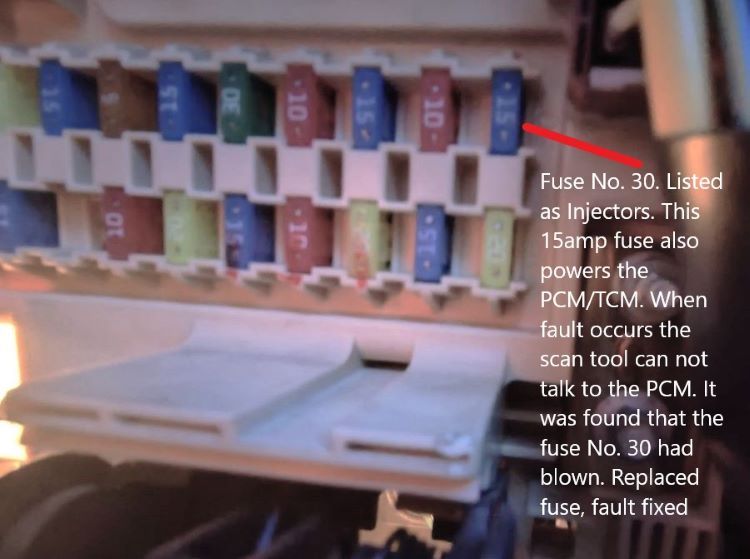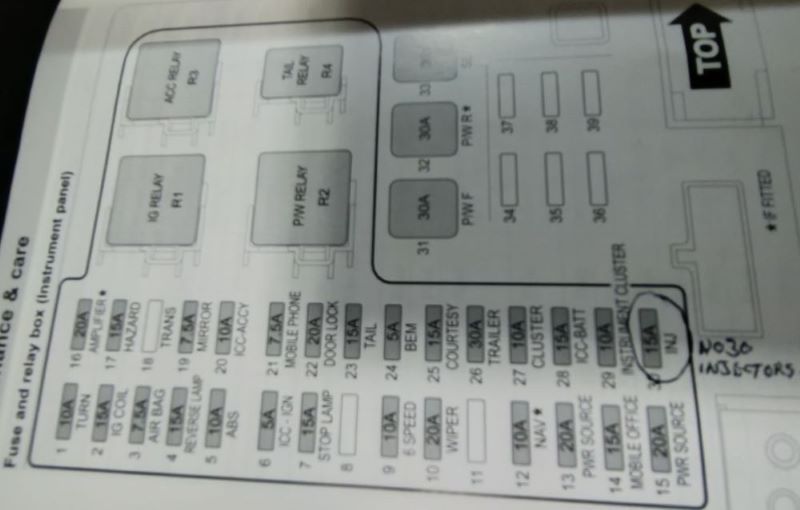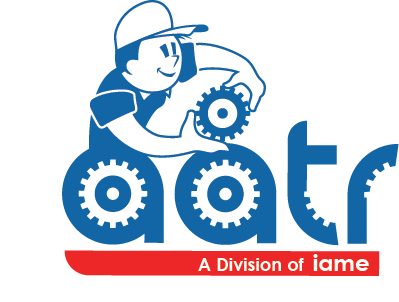Did You Know - Ford Territory 2010/11
Ford Territory 2010/11 Petrol MODEL. Four Speed Automatic Transmission.
< CLICK ON THE IMAGES ABOVE TO ENLARGE >
SYMPTOMS: When driving. Suddenly the engine stops. When the engine stops, and the vehicle is still moving or rolling the ABS light comes on and the steering becomes very heavy as the engine has stopped.
Once the vehicle has come to a stop it is found that when the engine is tried to be restarted via turning the key, there was nothing happening. It appeared that no current was getting to the starter motor for engagement.
Lights on the Dash instruments were all functioning correctly. It was then noticed that there was no Gear Transmission selection registering as part of the Taco instrument. Therefore, the computer would not know if the transmission was in Park, neutral or Drive/Reverse.
CHECKS: A scan tool was connected to vehicle diagnostic connector, and it was noted that the only fault code registered was describing that the scan tool could not talk to the PCM which is also the TCM on the 4-speed automatic transmission. This meant that there was possibly no power getting to the PCM.
Further checks were then made starting with the fuse box in the engine bay. Fuses were then individually checked with a multimeter to see if any were blown. All were clear.
With the help of the owner’s manual as there is no listing on the inside cover of the Fuse-Relay Box instrument panel situated inside the cabin, driver’s side of the vehicle. Please see the pictures supplied from the cover to be removed, the Fuse – Relay box and a picture of the owner’s manual showing the detail and description of the fuse and relay locations and also of the instrument cluster.
After checking the fuses, with a multimeter, it was found that Fuse No. 30 was faulty and had blown, see picture supplied. The fuse is listed as for the Injectors, but it was also found that it supplied power to the PCM. Once the 15-amp fuse was replaced, everything came back online. The Transmission gear selection came back, as it could be seen what Gear the transmission was in, Park, neutral or Drive/Reverse. The starter motor engaged straight away as the key was turned to the start position. The scan tool was re-connected and then it could be seen that the scan tool was talking to the PCM. The faut code was erased and then the vehicle was taken for an extensive test drive. All clear as the vehicle is still functioning correct a few months later.
In this case so far, a change of a blown fuse has fixed the problem. The main idea of this “DID YOU KNOW” is to give help in the sense that if the fuse did keep blowing then the areas to look at are listed above, like wiring to and or the PCM, Transmission, Injectors to name a few but at least you have an area to look and work at.
